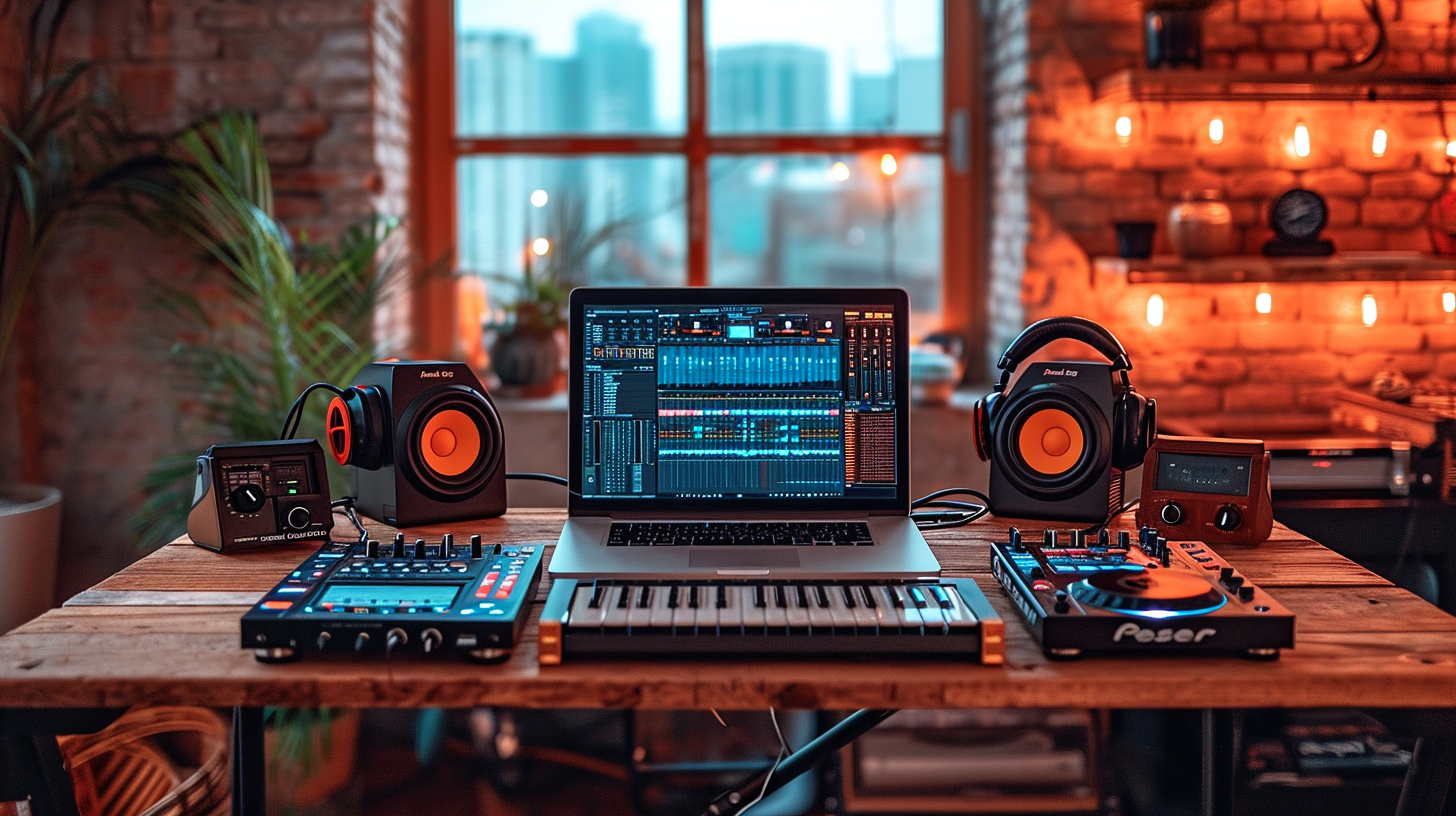Aspiring bedroom DJs often obsess over flashy controllers but overlook a fundamental question – can you actually DJ without one?
While external DJ controllers greatly enhance workflow, the core of DJing lies in the creative blending of musical tracks, achievable on laptop software alone.
Let’s briefly unpack whether physical hardware is essential or simply offers incremental benefits upon progression.
Can you DJ without a controller?
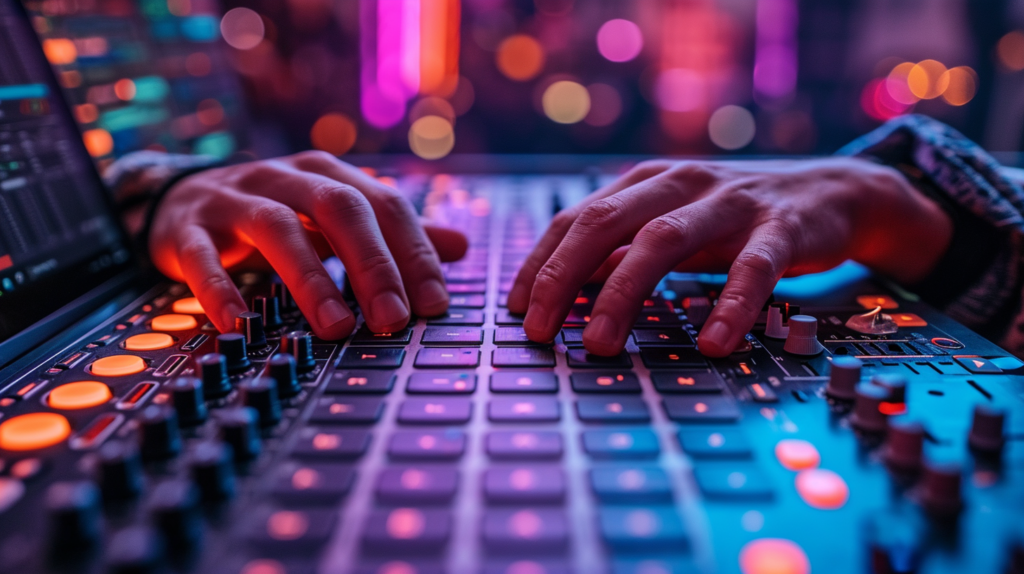
Yes, you can DJ without a hardware controller by relying solely on your laptop and DJ software. You would use keyboard shortcuts, trackpads, or mouse inputs to control functions typically handled by physical knobs, wheels, and buttons. It’s absolutely possible to blend tracks this way, but lacks tactile precision and has a steep learning curve. We’ll explore the realities of controller-free DJing in more detail below.
What is a DJ Controller?
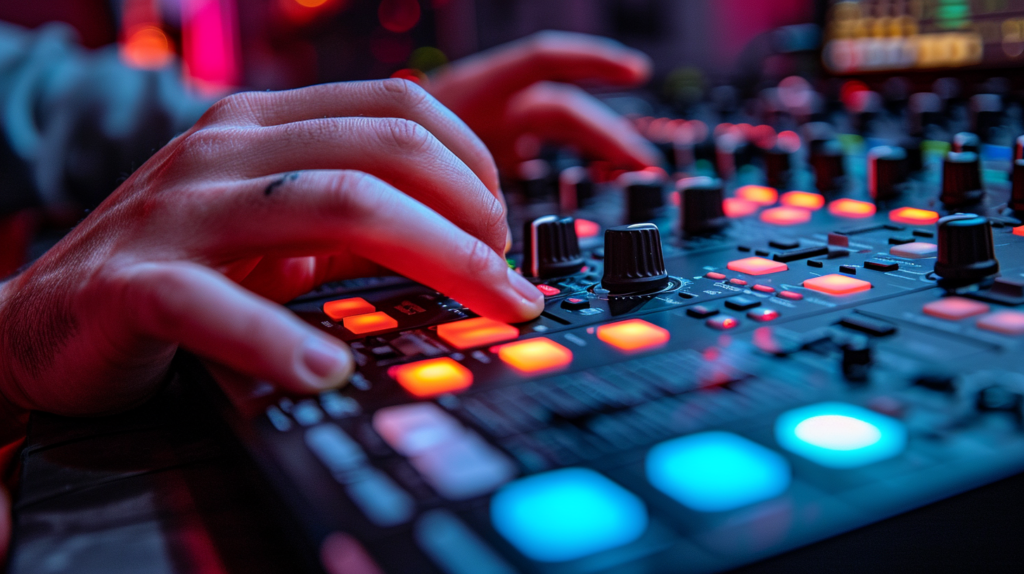
A DJ controller is an electronic device that allows DJs to control DJ software and hardware. It typically has various buttons, knobs, faders, jog wheels, and performance pads to manipulate the music playback. The controller connects to a laptop or computer running DJ software such as Virtual DJ, Serato DJ, or Traktor. The DJ software processes the audio, while the controller allows the DJ to control various parameters on the fly. DJ controllers make mixing, scratching, and overall DJing much more intuitive and hands-on compared to only using a mouse and keyboard.
DJ controllers come in various sizes and configurations. Full-sized controllers mimic actual club gear with a mixing console form factor, while smaller controllers offer portability but fewer controls. Some offer basic controls to mix between tracks, while advanced controllers allow extensive manipulation and remixing of tracks. Overall, DJ controllers aim to optimize the DJ’s workflow so they can focus more on creatively mixing tracks rather than learning complex software.
Can You DJ Without One?

Yes, it is entirely possible to DJ without the use of an external hardware DJ controller. You can utilize just your laptop and DJ software like Virtual DJ, Serato DJ, or Traktor with no controller needed. The software offers on-screen controls for various DJ functions that you would access using your laptop’s keyboard, touchpad, or mouse. With some practice, you can learn to proficiently DJ controller-free.
However, without a tactile interface like a controller, DJing does become more challenging. You lose the physical knobs, wheels, and buttons designed specifically for mixing tracks. DJing relies heavily on technique, timing, and intricate movements, so lacking a specialized hardware controller places limitations. But with preparation, knowledge of keyboard shortcuts, and clever use of your available laptop inputs, controller-less DJing is achievable.
Challenges of Controller-less DJing
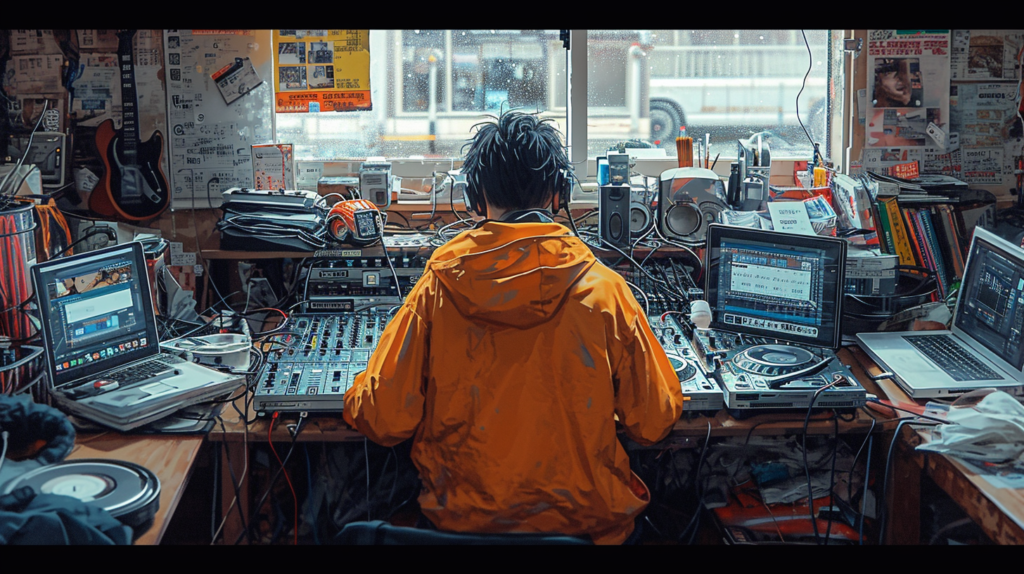
DJing without an external controller poses some significant challenges compared to utilizingcontroller:
No Tactile Control
The lack of tactile control means you lose the physical feedback and precision of components like jog wheels, faders, knobs, and buttons. These are critical for techniques like beatmatching, scratching, EQ mixing, and overall flowing transitions between songs. It becomes much harder to execute intricate, timely movements without dedicated controls.
Steeper Learning Curve
It takes far more knowledge and practice learning the particular DJ software itself without relying on a corresponding controller layout. Remembering functionalities of different keyboard shortcuts, interpreting on-screen controls using a trackpad/mouse, and managing your music library can have a steep learning curve.
Higher Cognitive Load
With controller-less DJing, more mental focus goes towards using the software rather than creative track mixing. The cognitive load increases substantially trying to pull off transitions relying on a trackpad or keyboard shortcuts versus tactile controls. This can inhibit the performance flow.
Easy to Make Mistakes
The margin for error increases without the precision of a controller. Transitioning between tracks using only a keyboard/mouse, it’s much easier to make mistakes like tracks going out of sync. Recovering from errors is also more difficult without quick access to jog wheels or pitch faders.
Tips for DJing Without a Controller

While DJing without a hardware controller has challenges, you can utilize some tips and techniques to produce quality mixes:
Learn Software Shortcuts
Dedicate time to thoroughly learn the keyboard shortcuts, menu options, and capabilities of your DJ software. Customize shortuts where helpful so key functions are easily accessible. Leverage software functionality as much as possible to augment the lack of tactile control.
Optimize Your Inputs
Make the most use of your available inputs like keyboard, touchpad, or mouse. Aim for precision in movements like using the edges for jog wheel simulated motions. Set mouse sensitivity to finely control sliders. Dedicate your best input device to the DJ software when mixing.
Consider a Small Controller
While a full DJ controller setup may be expensive, consider getting a small, affordable MIDI controller. Having just a basic jog wheel, fader, or knobs can provide some helpful tactile control. Map software functions to the controller as needed. This strikes a balance between pure software DJing and the benefits of hardware control.
Plan Ahead Extensively
Spend significant time preparing your mixes ahead rather than attempting to mix on-the-fly. Load up your playlist, set cue points, craft transitions, and identify mixing challenges in advance. Then during performance, focus on executing your pre-planned song transitions using the software rather than improvising complexes mixes live.
Embrace Limitations
Accept that controller-less DJing introduces limitations that may prevent advanced techniques. Resist overcomplicating mixes and instead focus on clean, simple blending of tracks. While functionality is reduced, you can still create seamless, enjoyable song transitions without controllers.
Is a Controller Necessary for DJing?
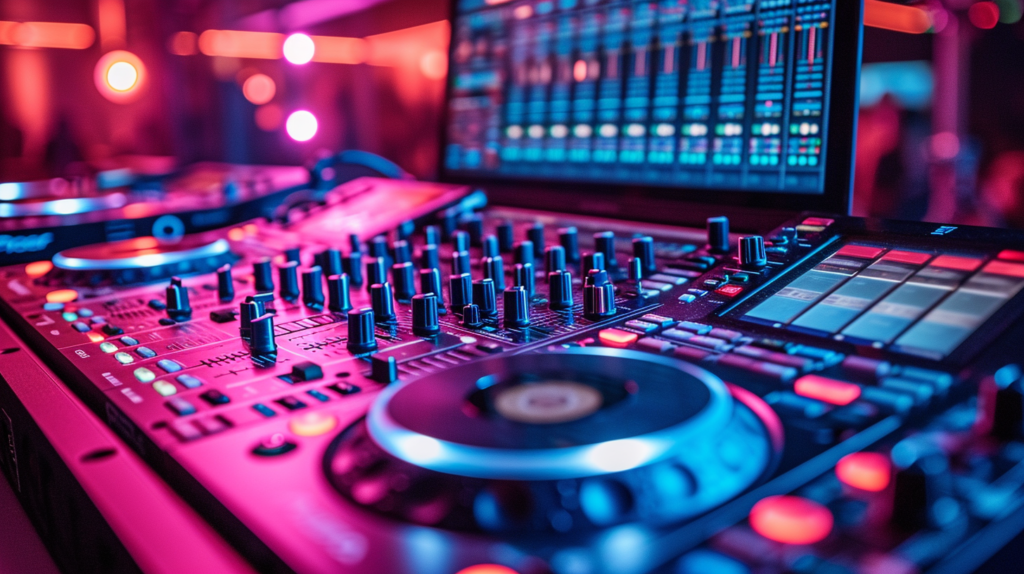
While DJing without a hardware controller is certainly possible, using one provides tangible benefits:
Optimization for DJs
DJ controllers provide physical interfaces optimized specifically for DJ techniques. The various buttons, knobs, wheels, pads, and faders are designed based exactly on real DJ gear used in clubs. This specialized hardware accelerates the DJ learning curve.
Tactile Control
The hands-on tactile nature of controllers allows intricate movements like scratching records or fine pitch adjustments. DJing relies heavily on mastering physical deck manipulation which dedicated controllers emulate. The tangible controls build muscle memory and precision much faster.
Workflow Focus
With controllers handling the DJ tool manipulation, the user can devote more mental focus towards creative track mixing and reading the audience. The cognitive load stays centered on crafting an engaging DJ set rather than remembering software controls.
Room for Growth
Advanced DJ controllers allow extremely intricate remixing and performances. While beginner controllers provide core functionality, DJs can upgrade to unlock new live edit possibilities. This future proofs investment in DJ hardware.
Ultimately, while possible to DJ sans controllers initially, they provide invaluable advantages as a DJ progresses in skill. Once at an intermediate level, transitioning to a hardware controller greatly enhances workflow and unlocks potential not otherwise achievable relying solely on computer input devices and DJ software. The hands-on physical manipulation that controllers offer matches what takes place on real DJ gear, making the learning journey more intuitive long-term. But for early experimentation in DJing, lacking any hardware is not a deal breaker.
Conclusion
In conclusion, DJing without a dedicated hardware controller, while achievable, introduces notable challenges. The lack of tactile controls designed specifically for DJ techniques makes intricate physical manipulation of tracks exceedingly difficult. However, with extensive preparation using keyboard shortcuts, touchpads, and mice as available inputs, controller-free DJing can produce quality mixes. For those starting out, lacking gears proves a surmountable barrier to enjoyably blend tracks. But long-term, transitioning to physical DJ controllers unlocks greater creative potential as skills progress. Their optimized workflows and hands-on precision ultimately best emulate real DJ booths. Still, the core foundation of DJing remains about crafting compelling musical journeys – which perseverant DJs can accomplish on laptops alone if need be.
